47359 Tamiya – 1/10 Tyrrell P34 1976 Japan GP Special Six Wheeler
$162.11 Original price was: $162.11.$97.99Current price is: $97.99.
- Safeguard Your Shopping Experience
- Experience Quality, Shop with Us
- No Compromise on Quality
- Shop the Best Quality Online

RC Tyrell P34 of F103 chassis modified to 6 wheel specification was renewed based on F103 chassis 84111 which was released in 2010.
The body is reproduced in polycarbonate, and the GOODYEAR logo was also added to the sticker that impressive “BORDER” of Hiragana notation unique to the Japanese GP.
Optional Parts such as torque tuned Motor, sponge tire, Low Friction Pad, High Torque Servo Saver and TRF damper are installed as standard.
The Tyrrell P34 caused a sensation within the F1 world when it was unveiled in
1975. Derek Gardner sought to enhance braking and cornering performance by reducing
the size of the drag-inducing front tires while preserving contact patch area
through the use of 4 tires, thereby creating the only 6-wheeled machine in F1
history.
It took part in actual races beginning with the Spanish GP in 1976, and drivers
J. Scheckter and P. Depailler went on to drive their cars to a 1-2 finish at
the Swedish GP to prove the incredible potential of the P34. At the final race
of the season, the P34 appeared before Japanese fans at the inaugural Japanese
GP held at Fuji Speedway. F1 race cars often have race-specific modifications,
and the No.3 Tyrrell P34 driven by J. Scheckter at the Japanese GP was distinguished
by a triangular net guard fitted on the air funnel and large wingtip panels
on the rear wing. The race was a battle for the championship between Ferrari&39;s
N. Lauda and McLaren&39;s J. Hunt and drew a great deal of attention both within
Japan and around the world.
The weather was fair on Friday and Saturday, but conditions were worsened by
rain on Sunday. Although the race finally began at 3PM after a long delay, championship
contender N. Lauda quickly retired. The lost excitement was brought back by
the performances of the Japanese drivers and P. Depailler&39;s Tyrrell P34. From
his 13th place qualifying position, Depailler overtook the field to briefly
lead before a tire puncture dropped him back to finish the race in second place
behind M. Andretti&39;s Lotus.
This iconic F-1 car was first released in radio control in 1977. It’s
such an iconic machine for Tamiya that the real thing sits at Tamiya’s
lobby at the Shizuoka Tamiya offices in Japan! This special release comes with
many Hop-Up Option parts for the modified F103 chassis in which the polycarbonate
body sits on.
Option Parts Included:
- 53176 Friction Damper Grease
- 53901 TRF Special Damper
- 54138 Low-Friction Pads
- 54154 Carbon Reinforced F Uprights
- 54358 Torque-Tuned Motor
- Hi-Torque Servo Saver
- Sponge Tires
Be the first to review “47359 Tamiya – 1/10 Tyrrell P34 1976 Japan GP Special Six Wheeler” Cancel reply
Related products
M-Chassis Cars
R/C On-Road Car
R/C On-Road Car
R/C On-Road Car
R/C On-Road Car
R/C On-Road Car
32233R Kyosho – Enzo GT Concept MR-03 Sports 2 Mini-Z R/S Readyset With 2.4GHz KT-19 Transmitter

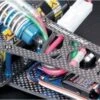
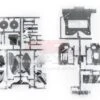
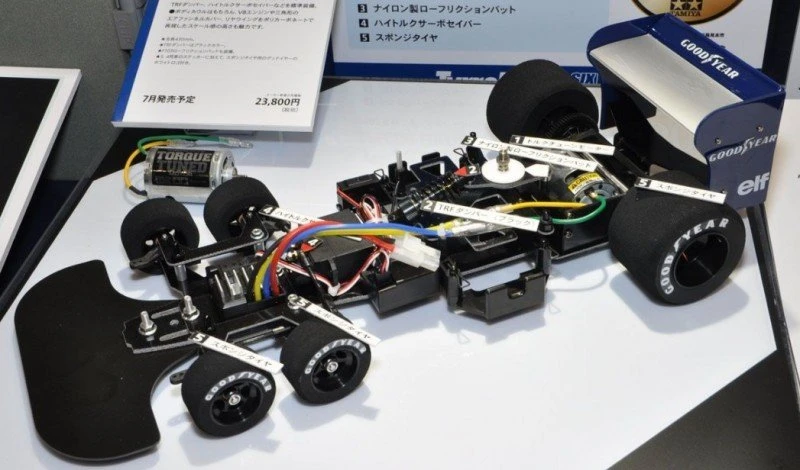
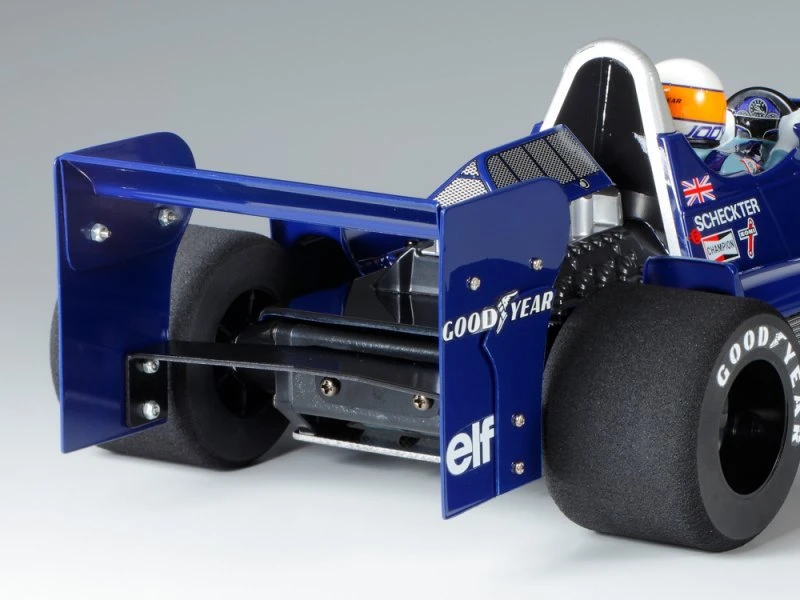
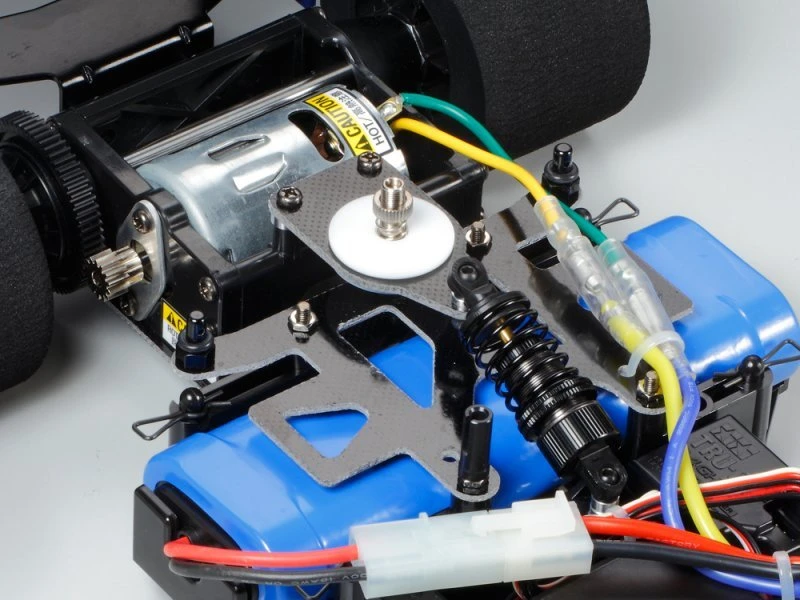
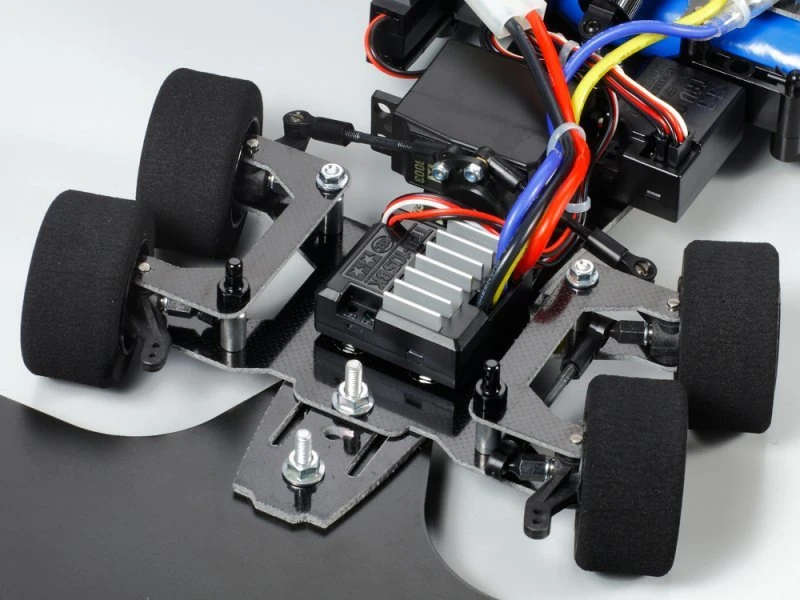
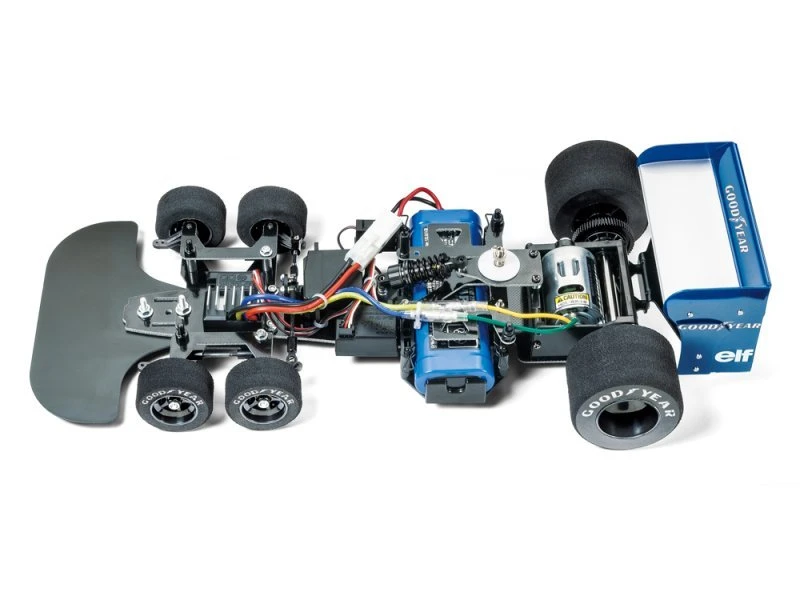

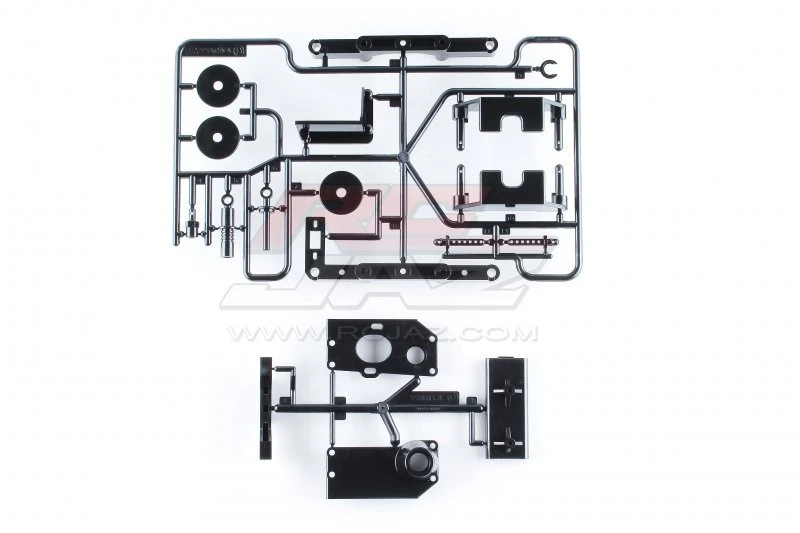

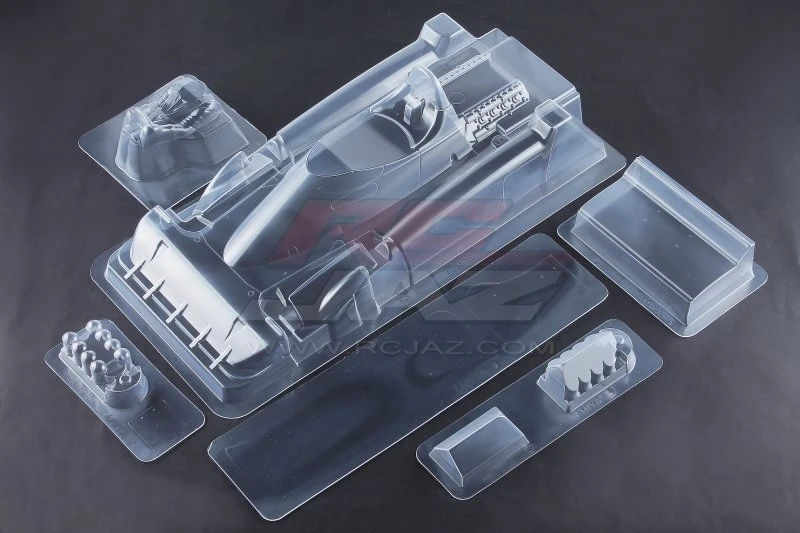


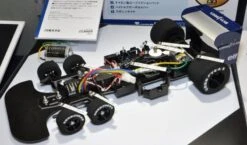
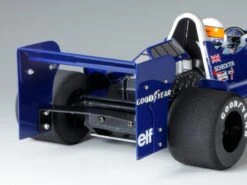
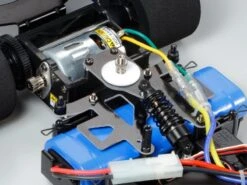

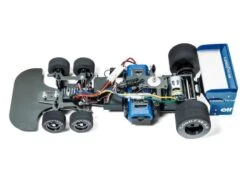

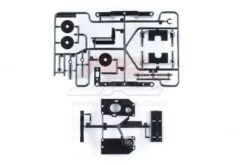
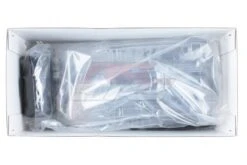
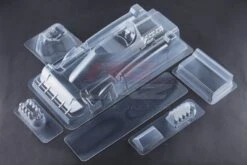
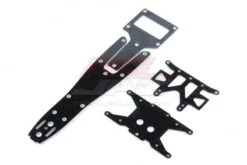
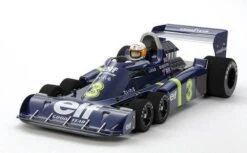

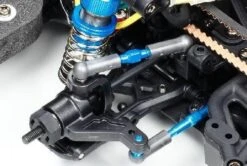
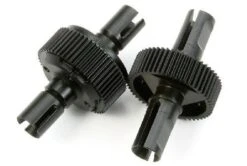
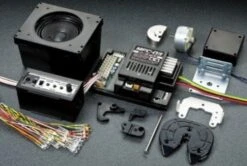
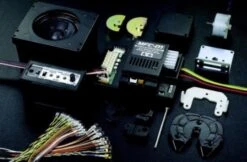
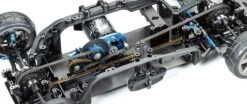

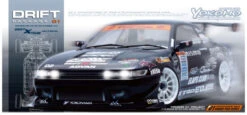
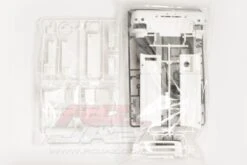
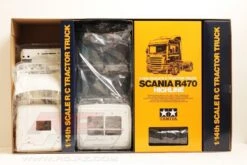
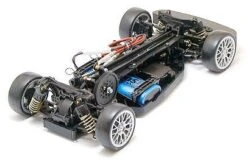

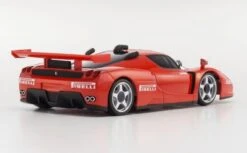
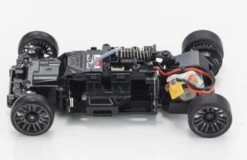
Reviews
There are no reviews yet.